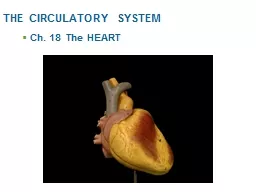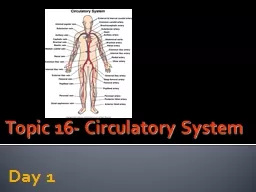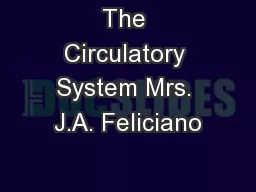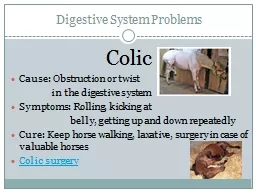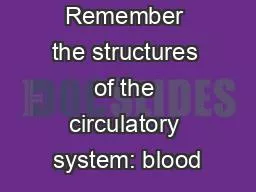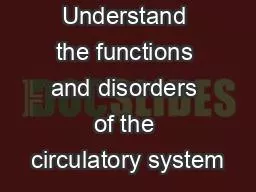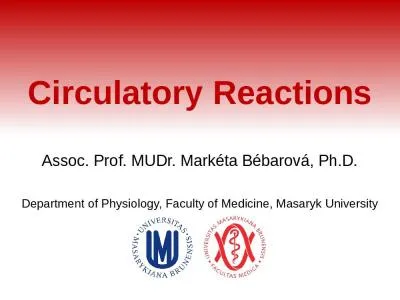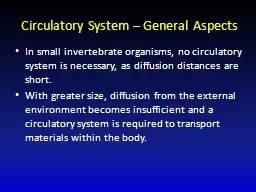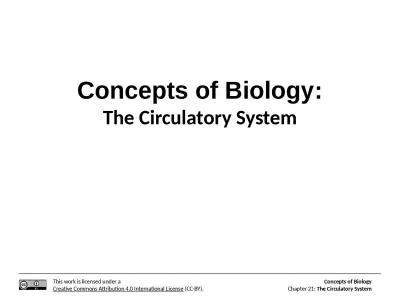PPT-THE CIRCULATORY SYSTEM
Author : kittie-lecroy | Published Date : 2019-11-20
THE CIRCULATORY SYSTEM Ch 18 The HEART ASSIGNMENT Most Of The Anatomy We Have Already Done In The Lab So Make Sure To Do The of slide 1 through 29 As I Will Likely
Presentation Embed Code
Download Presentation
Download Presentation The PPT/PDF document "THE CIRCULATORY SYSTEM" is the property of its rightful owner. Permission is granted to download and print the materials on this website for personal, non-commercial use only, and to display it on your personal computer provided you do not modify the materials and that you retain all copyright notices contained in the materials. By downloading content from our website, you accept the terms of this agreement.
THE CIRCULATORY SYSTEM: Transcript
Download Rules Of Document
"THE CIRCULATORY SYSTEM"The content belongs to its owner. You may download and print it for personal use, without modification, and keep all copyright notices. By downloading, you agree to these terms.
Related Documents

